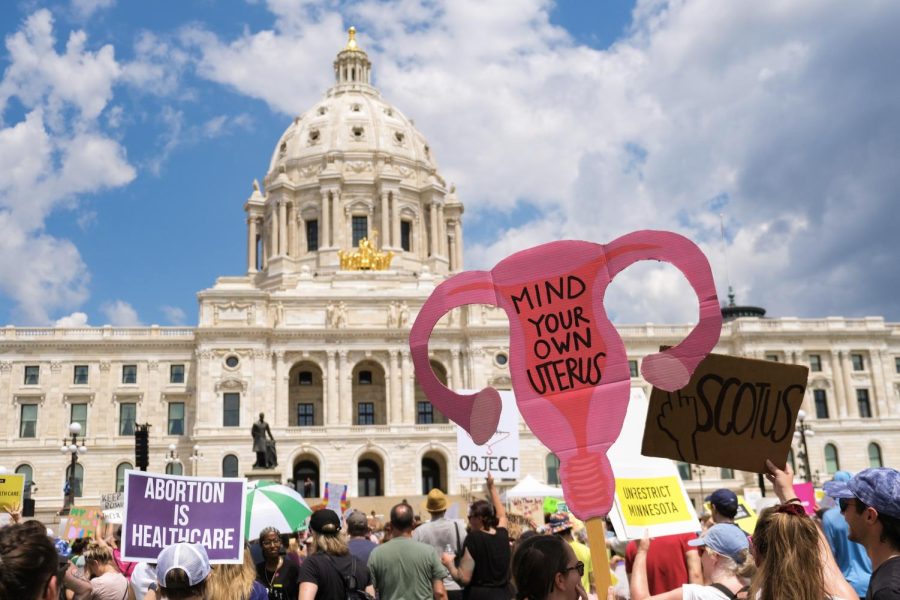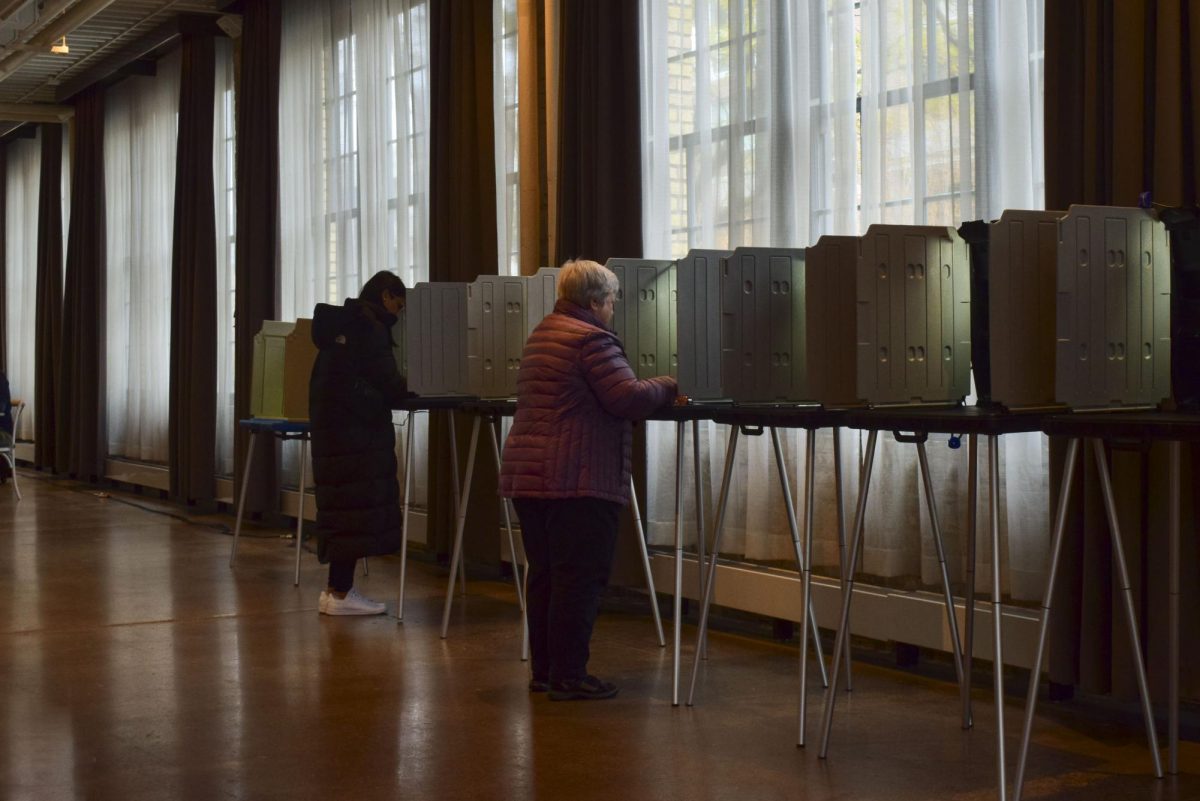Nine out of nine studies examined by University of Minnesota researchers showed that predominately black communities are less likely to have supermarkets compared to other communities. âÄúThey either have to travel really far or visit a convenience store to get food,âÄù Melissa Nelson Laska, assistant professor in the School of Public Health, said. Racial health disparities have recently gotten a lot of attention and were the focus of a panel discussion Thursday night aimed to educate and raise awareness at the University. The event was sponsored by the Minority Association of Pre-Medical Students, Black Student Union and the African Student Association. The Obama administrationâÄôs announcement of a $400 million initiative to bring healthy food retailers to underserved communities brought the issue to the forefront. First lady Michelle Obama is headlining the fight against child obesity with her âÄúLetâÄôs MoveâÄù campaign, which promotes healthier food in schools and more active children, and aims to make healthy food affordable. In addition, laws in the works would provide incentives to bring supermarkets to underserved communities, Laska said. National initiatives aim to bring healthy food to corner stores and convenience stores, which, for many people, are their main sources of food. Farmers markets and community gardens are important in the fight against health disparities, Laska said. In 2008, there were 4,685 farmers markets in the United States. The American Community Gardening Association estimates that there are about 18,000 community gardens in the United States and Canada. President Barack ObamaâÄôs 2011 budget could add an extra push, as it proposes an extra $5 million go toward the U.S. Department of AgricultureâÄôs Farmers Market Promotion Program. But the health disparities include more than just access to healthy food. Brenda Johnson, a leader in the African American AIDS Task Force, educates people about the dangers of sexually transmitted infections and said sheâÄôs not afraid to be blunt when talking about sex. In her role at the Hennepin County Medical Center, Johnson said she sees a disproportionate number of black people diagnosed with HIV. While black populations make up only 12.5 percent of United States, they comprised just more than 50 percent of the HIV cases in 2009. Many of the cases result from careless sex, she said, especially when alcohol is involved. âÄúItâÄôs like drinking and driving,âÄù she said. âÄúI wish people would educate on the dangers of drinking and having sex.âÄù Dan-Tam Phan Hoang, senior biology major and Minority Association of Pre-Medical Students programming chair, said she didnâÄôt realize how large the health disparities among minority populations were until she really looked into it. âÄúWeâÄôre trying to educate everyone,âÄù she said. âÄúThe more people are educated about it, the more likely they are to help.âÄù
Event, government bring racial health disparities to forefront
On Thursday, a panel discussion discussed solutions and education.
by Tara Bannow
Published February 28, 2010
0
More to Discover







